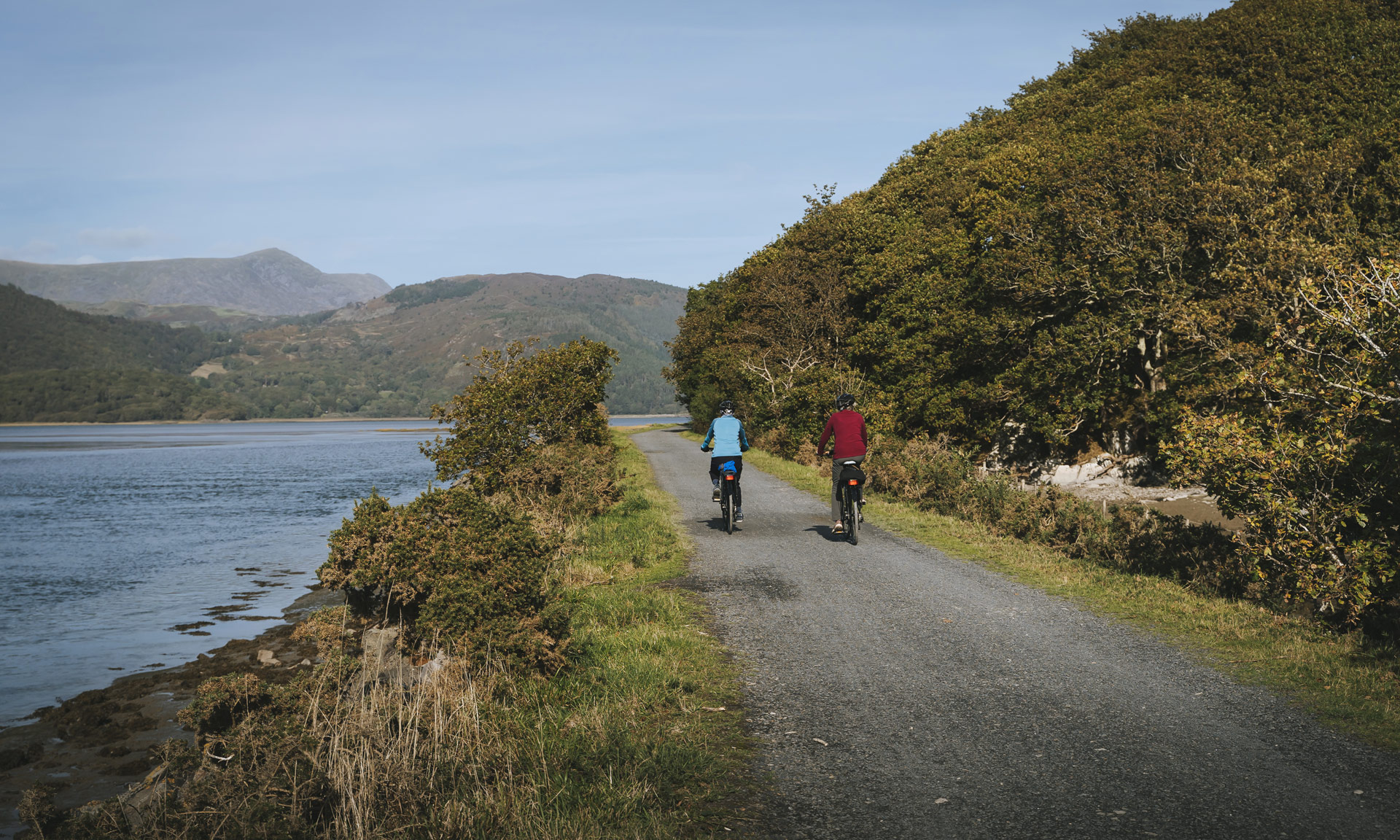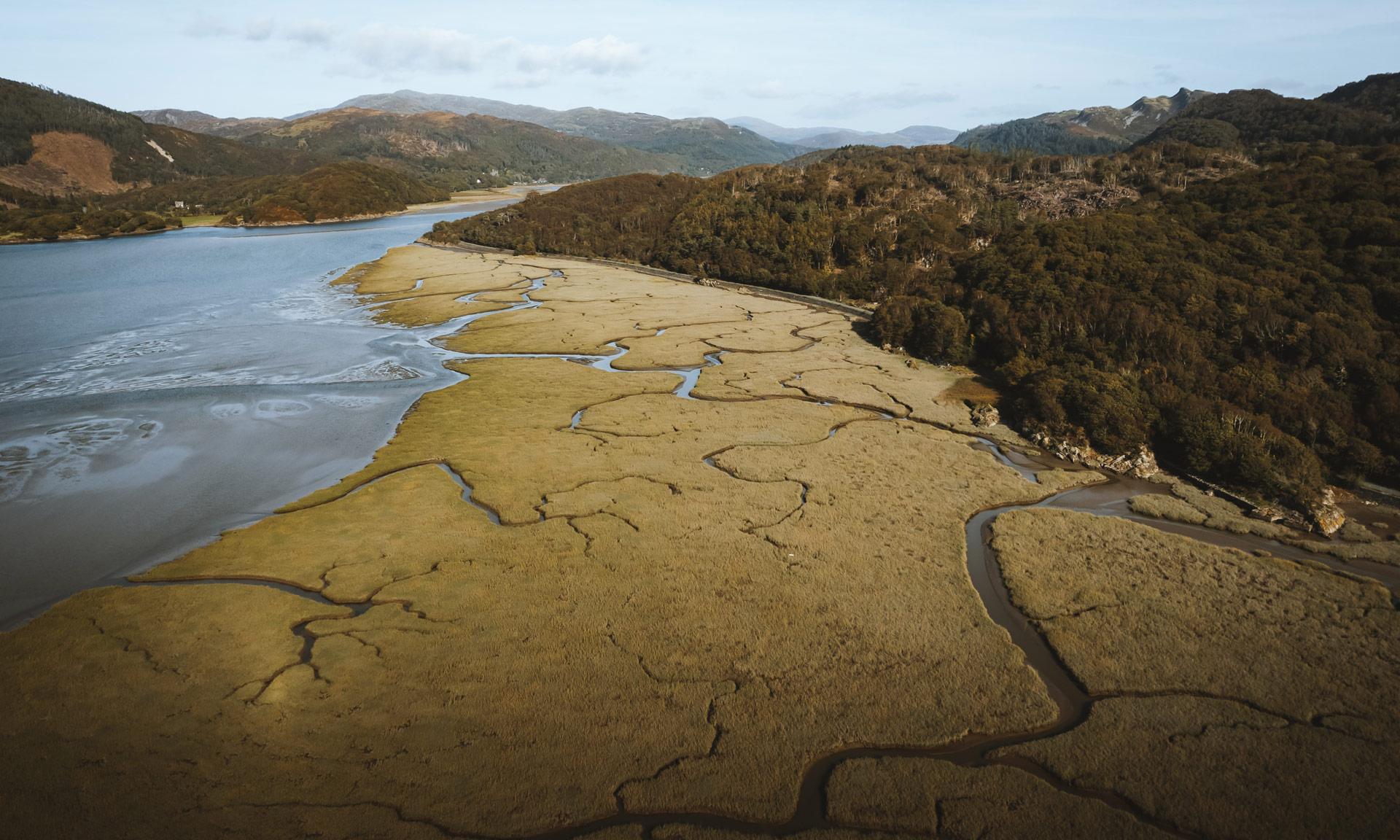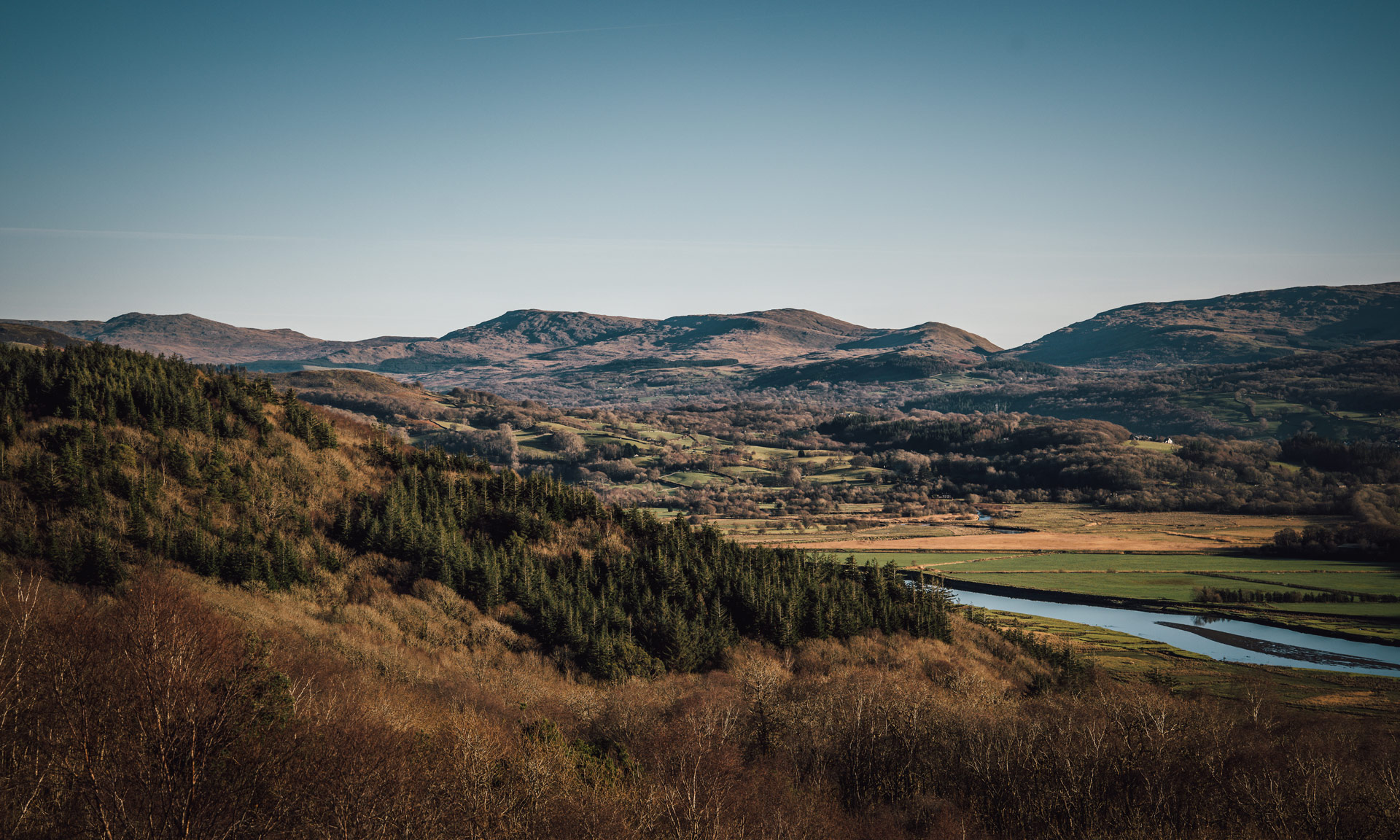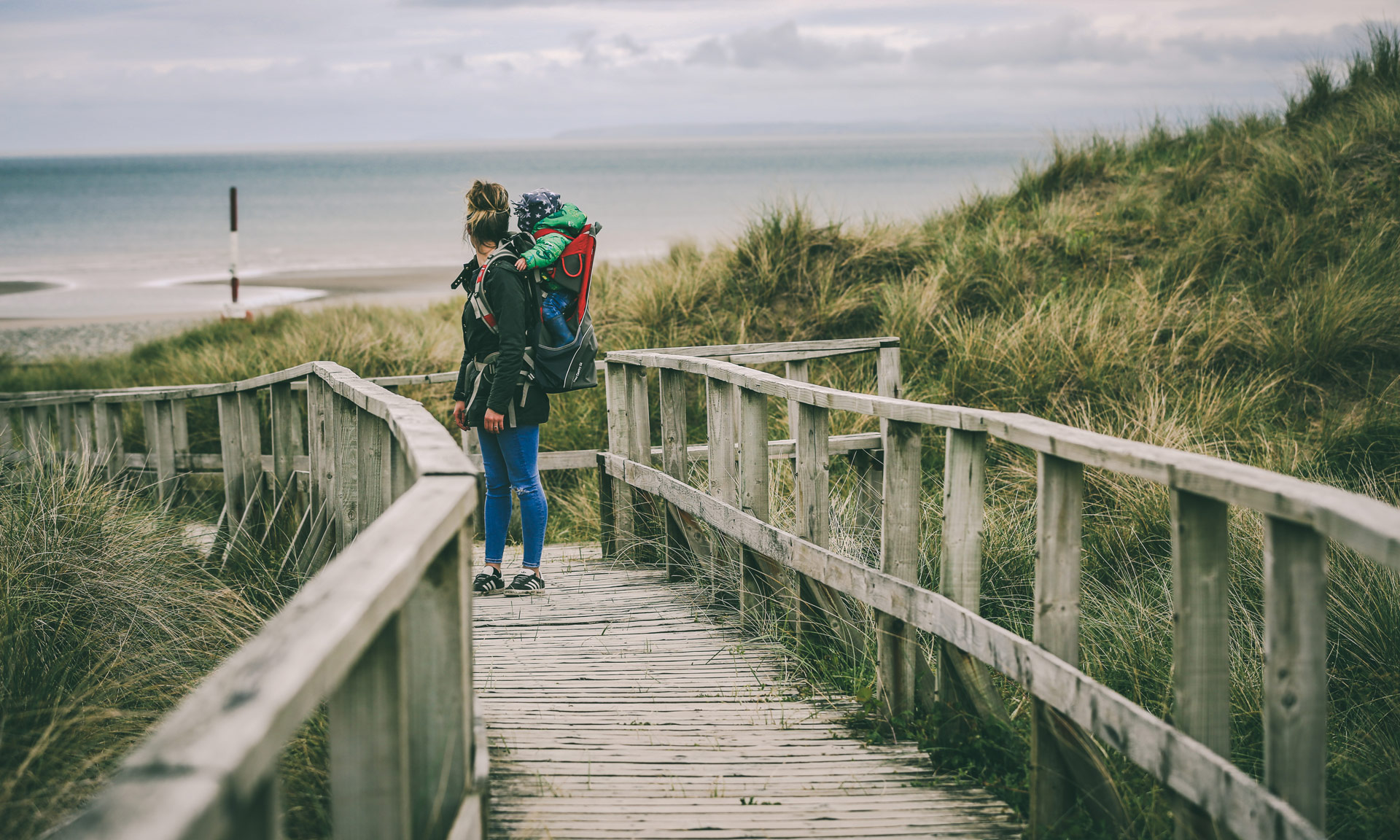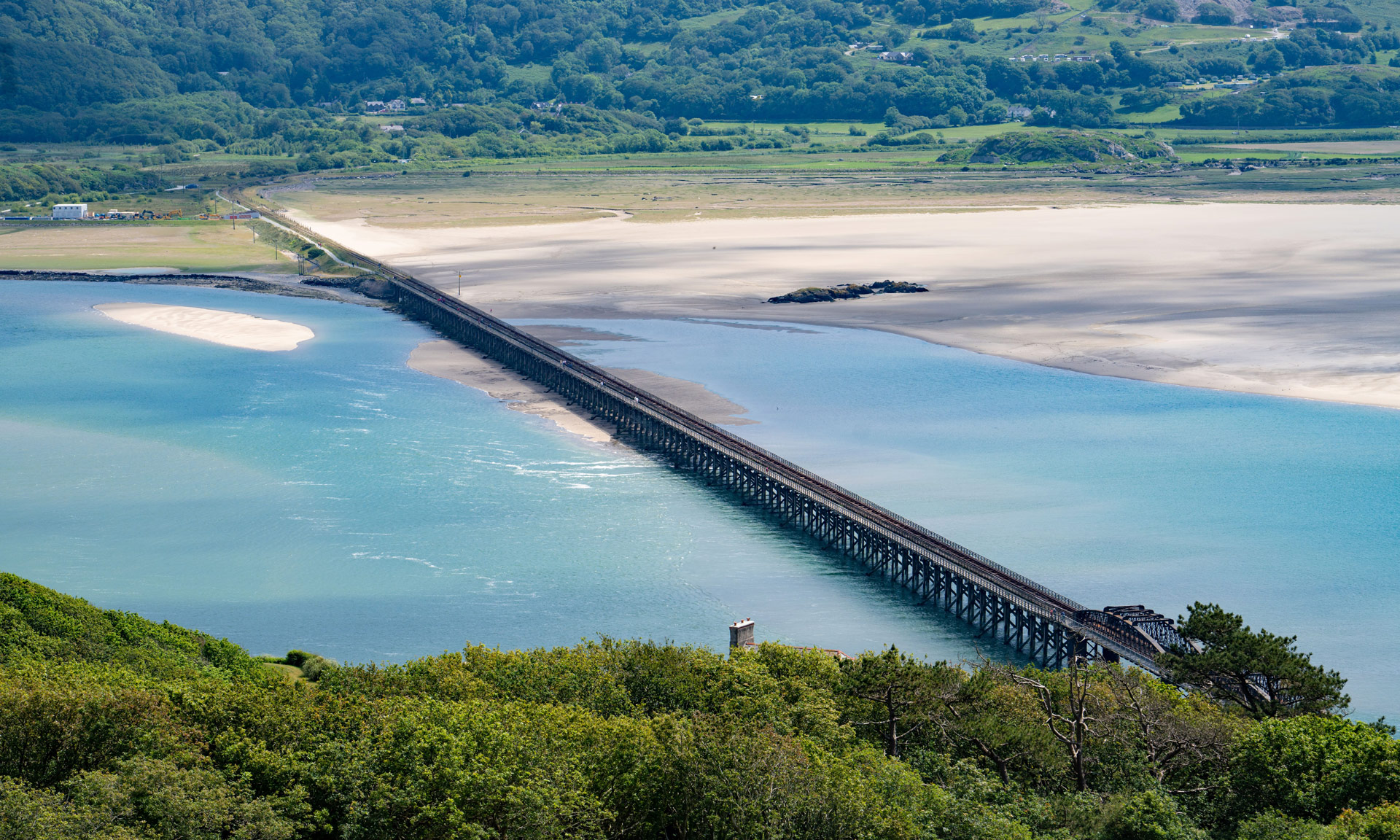One of Eryri National Park’s most flexible and accessible trails
Stretching between Dolgellau and Barmouth, the Mawddach Trail is considered one of the most flexible and accessible trails in the National Park.
The 9-mile trail follows the southern shore of the Mawddach estuary—one of the National Park’s most abundant areas in terms of wildlife and history.
Why this path?
As an accessible trail, the Mawddach is suitable for people of all abilities. The trail’s wide and even surface makes it a perfect choice for wheelchair or off-road mobility scooter users.
It’s possible to join the trail from several locations, making the Mawddach an incredibly flexible option for those who’d like a shorter, more gentle stroll along the estuary.
Cycling is a popular activity on the Mawddach trail and can be a fantastic option for families looking for an adventurous day out.
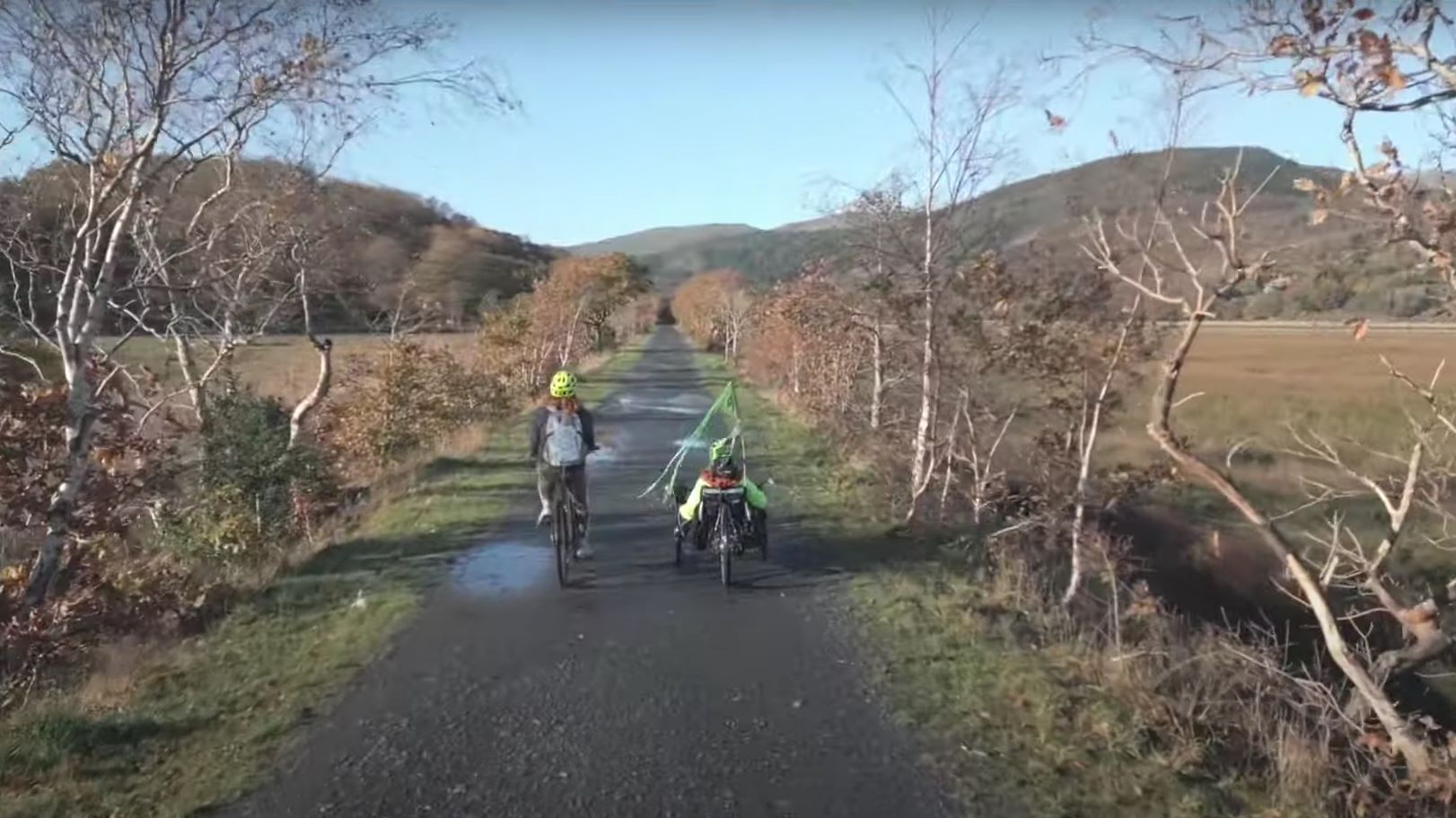
© Crown copyright and database rights OS AC0000825604. Use of this data is subject to terms and conditions.
The National Park Authority has categorised this route as an Easy Access for All route. It is suitable for people of all abilities, including people with conventional wheelchairs and pushchairs. The terrain consists of largely flat, even surfaces with no steps or steep sections. Comfortable shoes or trainers are suitable for this route.
The Mawddach Trail is clearly marked and can be easily followed. You can join the trail from any of the following locations:
- Y Marian, Dolgellau
- Pont y Wernddu
- Penmaenpool
- Arthog
- Morfa Mawddach
- Barmouth
Always park in designated parking places and never in areas where you block entrances to fields, residential areas.
The Mawddach has several places where you can join the trail. There are car parks and entrances to the trail in all of the following locations:
- Y Marian, Dolgellau (LL40 1DL)
- Pont y Wernddu (LL40 2SR)
- Penmaenpool (LL40 1YD)
- Arthog (LL39 1AX)
- Morfa Mawddach (LL39 1BQ)
- Barmouth (LL42 1LX)
The National Park Authority has categorised the route as an ‘Easy – Access for All’ route. This means that the route is suitable for people of all abilities, including those with conventional wheelchairs and pushchairs. The terrain is predominantly flat and even with no steps or steep sections.
Look out for any sand blown onto the path after passing over Barmouth Bridge, although the wooden bridge itself is flat and wide.
Between Dolgellau and Morfa Mawddach, the trail is owned by the National Park Authority and for most of its length reaches a 3 metre width.
Useful information
- There are accessible toilets Dolgellau, Penmaenpool, Morfa Mawddach and Barmouth.
- There are several accessible benches and picnic tables along the path.
- The wide gates are accessible for wheelchairs, pushbikes and pushchairs.
Snowdonia National Park Authority has categorised this route as an Access for All route, which is suitable for Tramper style mobility scooters. Trampers are specially-designed, all-terrain mobility scooters that allow people with difficulty walking to access some of the National Park’s most fantastic areas.
The National Park Authority offer a Tramper hire service free of charge, but donations are welcome. Donate
Request a Tramper for Mawddach Trail
Information about Tramper Hire
Information about Accessibility in Eryri
Stay safe and help protect the countryside by reading the information about safety and following the Countryside Code.
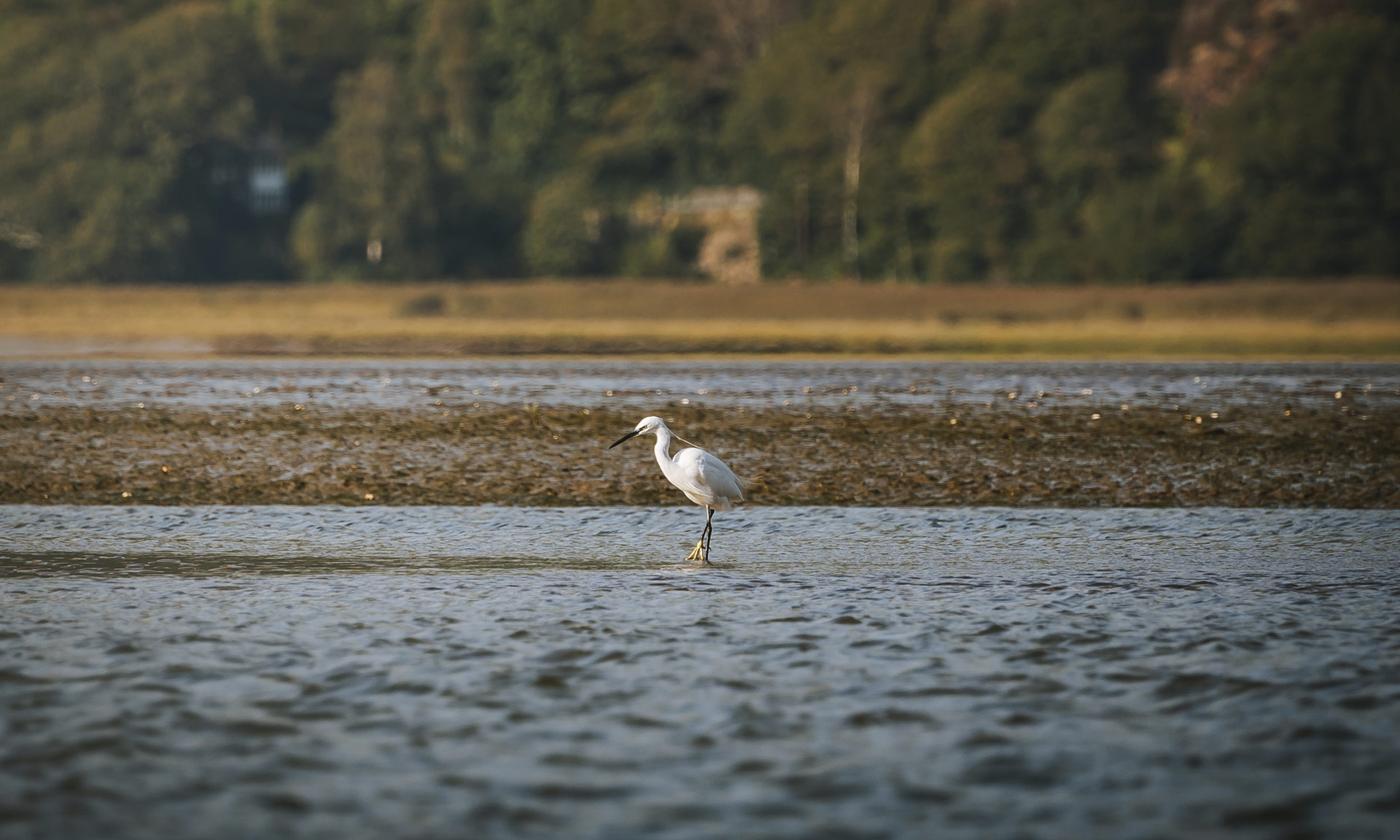
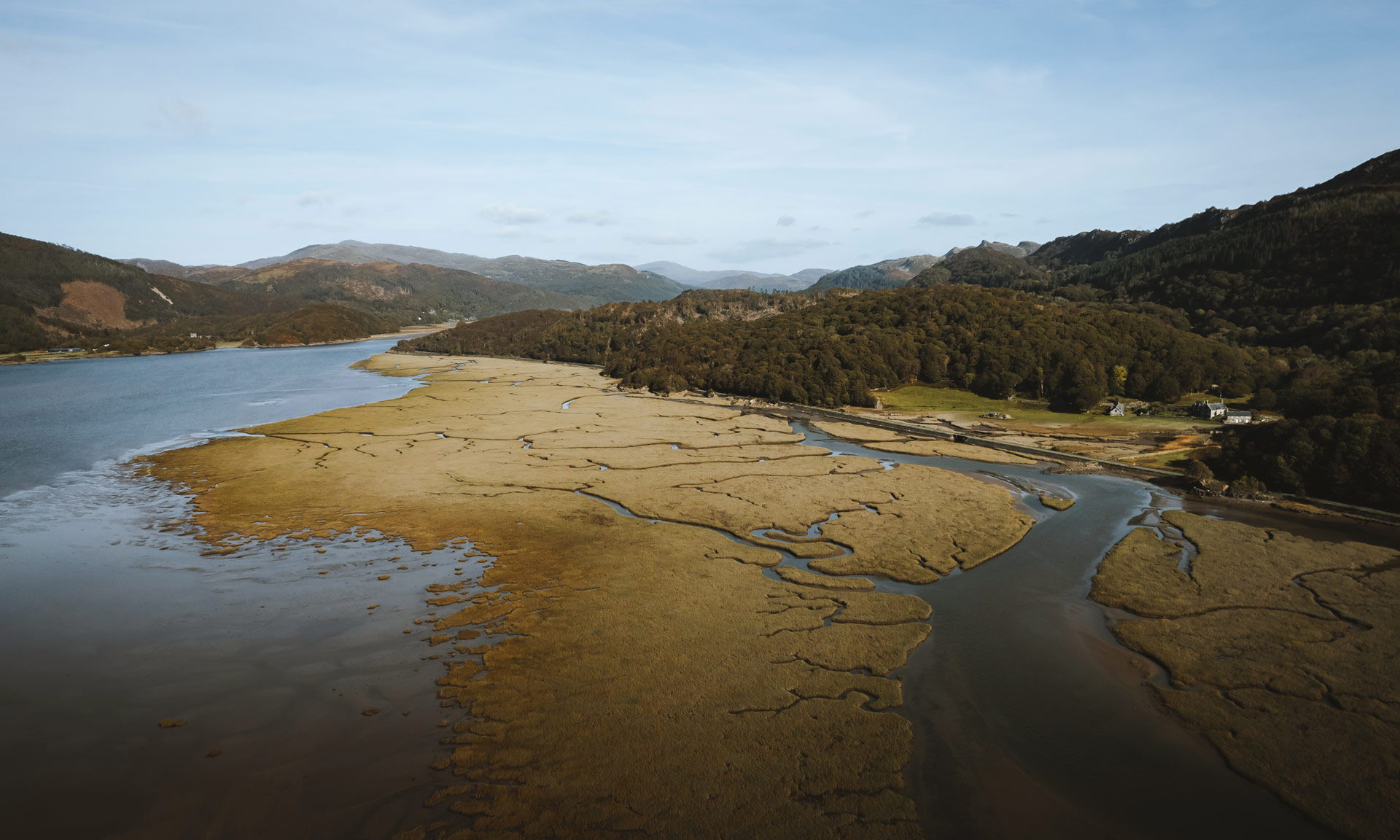
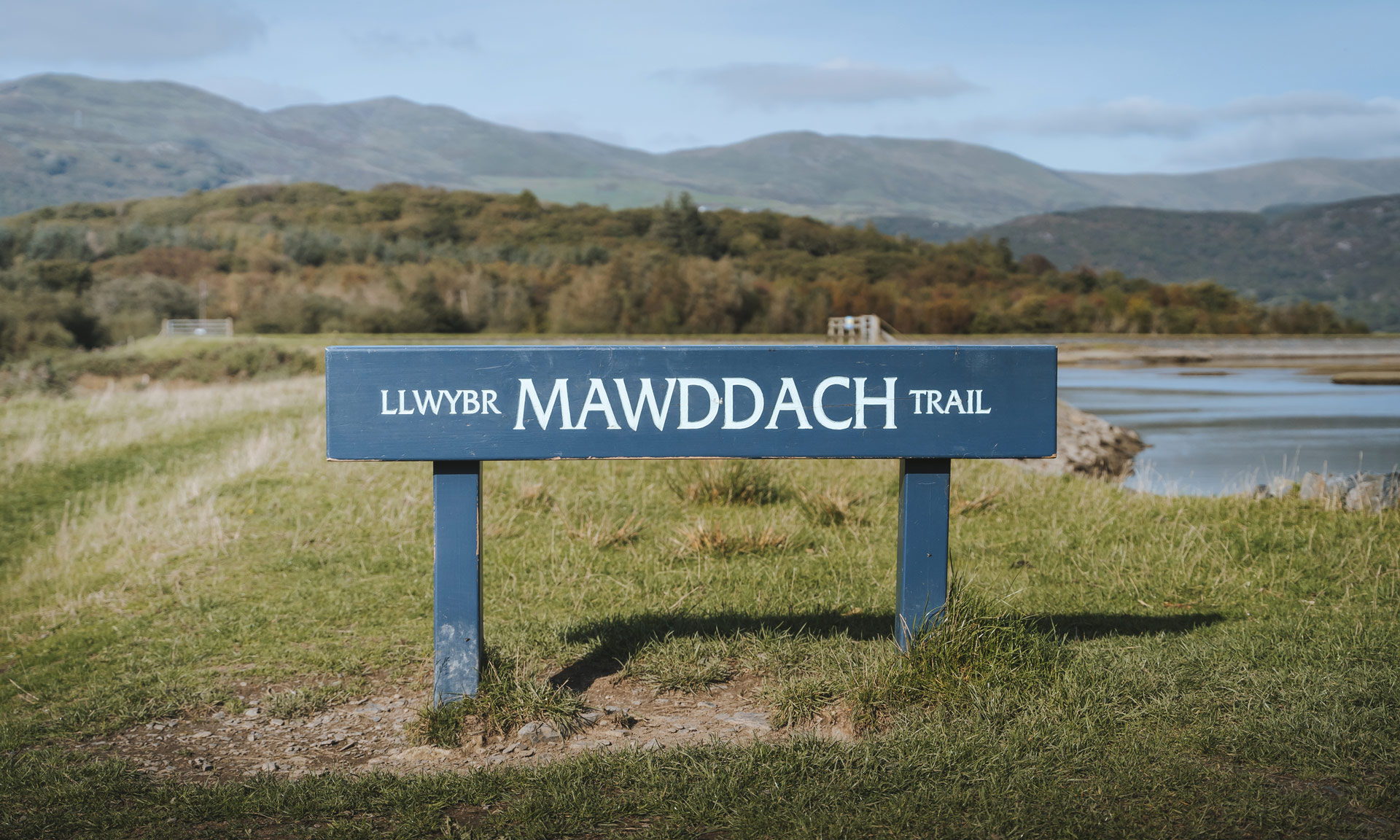
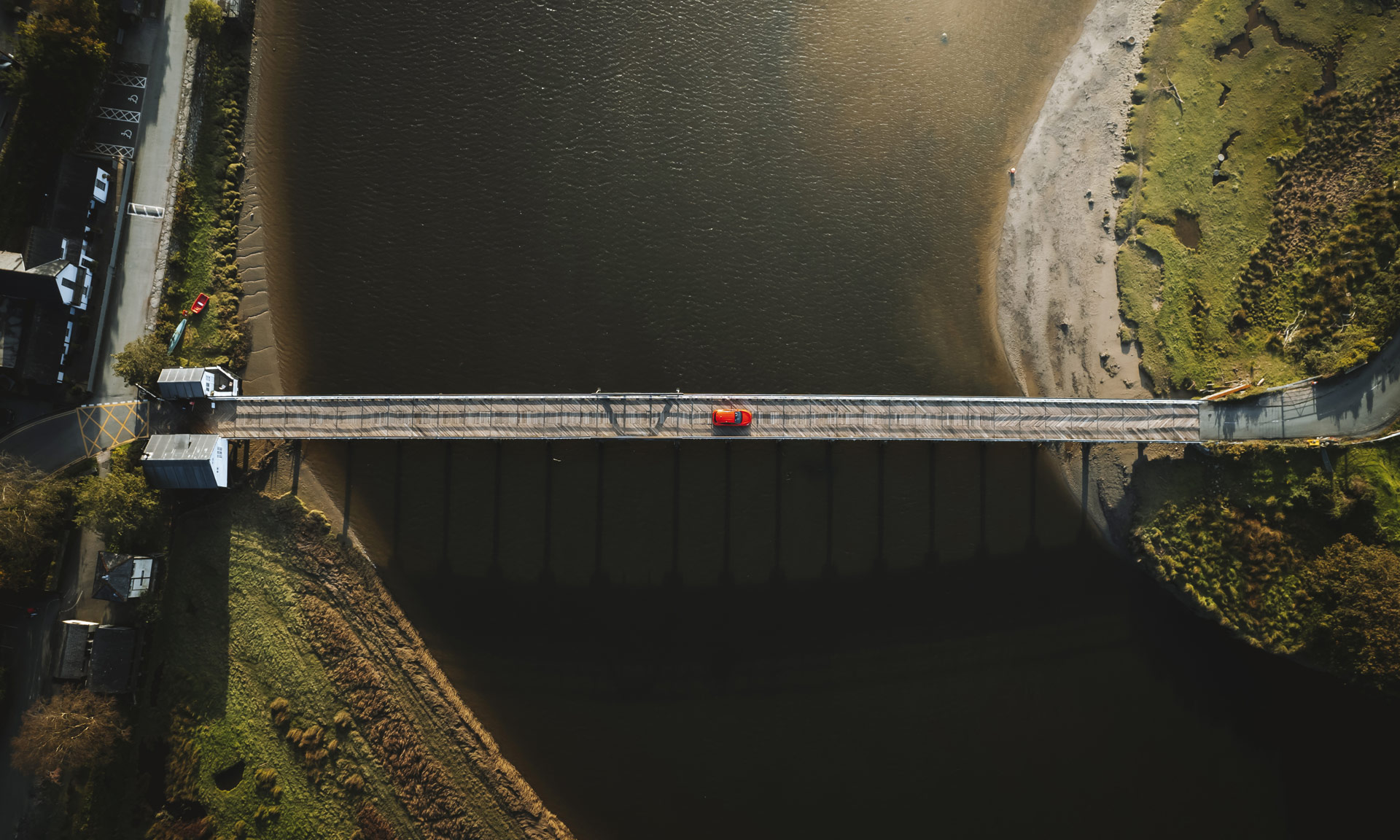
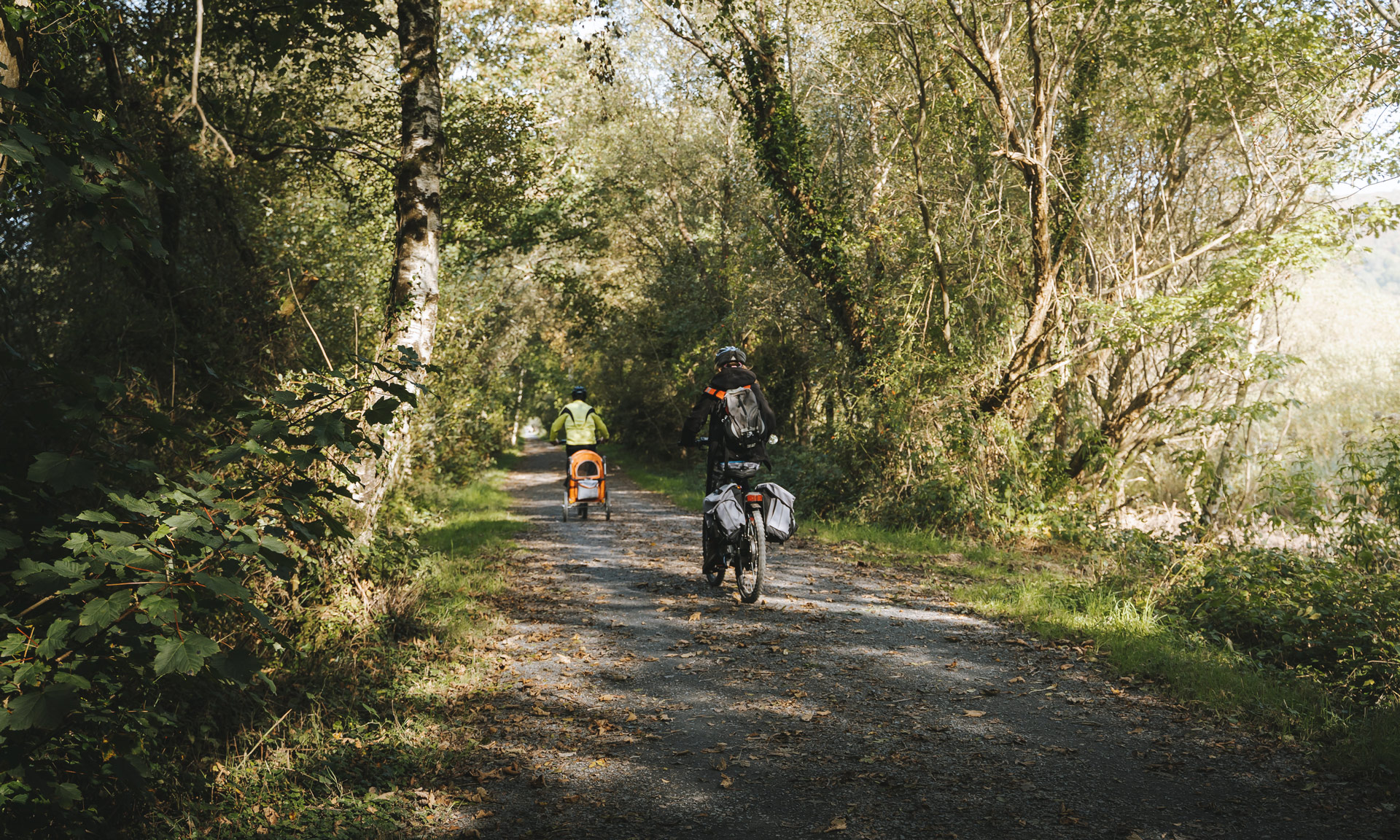
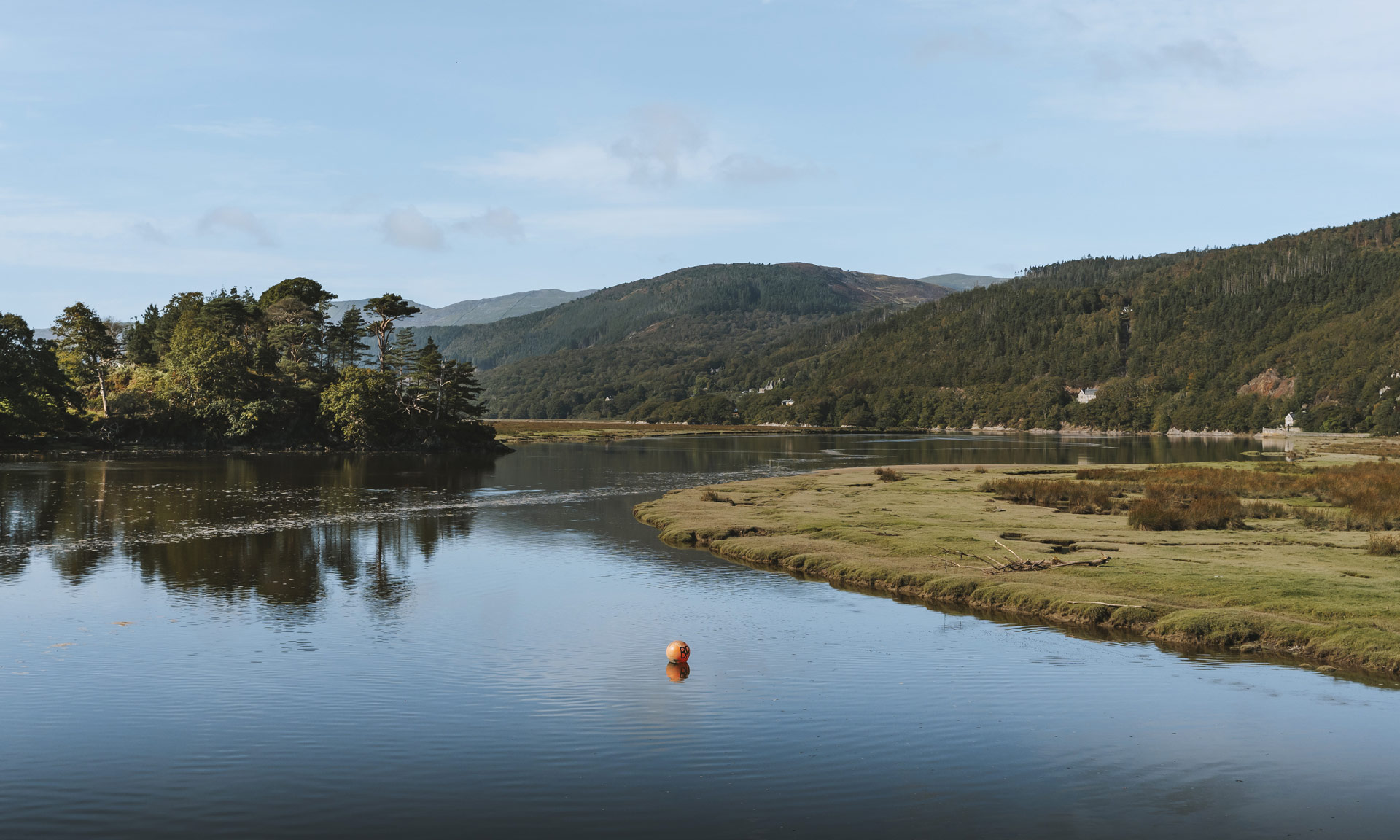
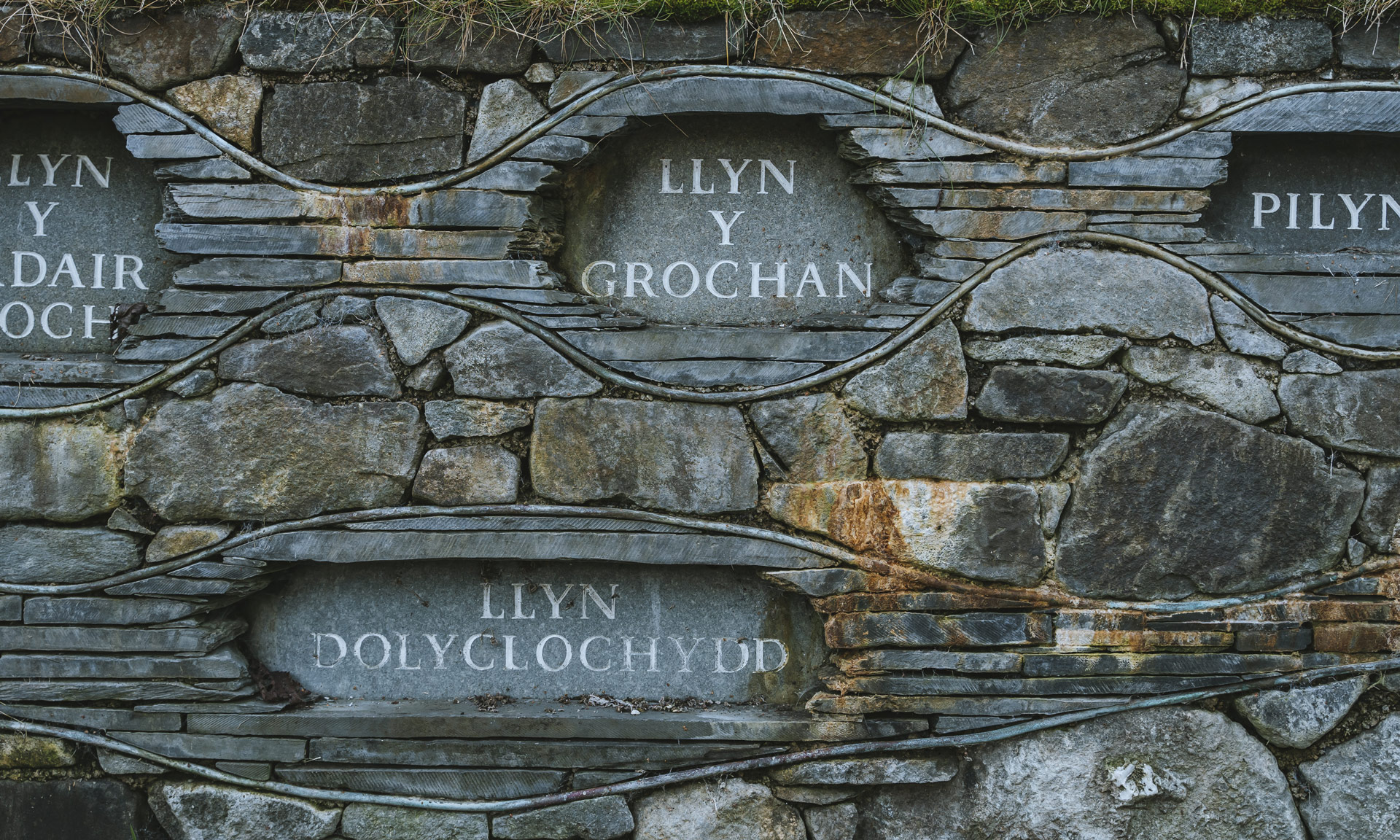
The Mawddach estuary
The vast and sandy Mawddach estuary is one of the National Park’s most remarkable areas.
The area is designated a Site of Special Scientific Interest and a Special Area of Conservation due to its salt marsh and lowland peat habitats.
Nearby Arthog bog is home to an RSPB nature reserve full of incredible wildlife such as rare flowers, grass snakes, butterflies and all manner of birds.
The area was also the centre point to some of Eryri’s rich industrial past. On the estuary’s northern shore, the historic Clogau gold mine sits high above the village of Bontddu. Mining for gold was a popular activity in this area. Gold panning also took place in the Mawddach river itself.
During the 18th and 19th centuries, the Mawddach was home to a busy shipbuilding industry. A total of 318 vessels were built along the Mawddach between 1750 and 1865.
Mawddach Railways
The Mawddach trail follows the trackbed of the old railway line from Barmouth to Ruabon. The line was opened in 1865 and proved very popular with visitors. It was also used briefly to carry slate. The railway closed in 1965 as cars became a more popular way to travel.
Down towards the end of the estuary stands Barmouth Bridge, crossing between the northern and southern shores of the Mawddach. The bridge is a Grade II* listed single-track wooden railway viaduct stretching 820 meters between Morfa Mawddach and Barmouth stations. It is the longest timber viaduct in Wales and is synonymous with views of the estuary.


